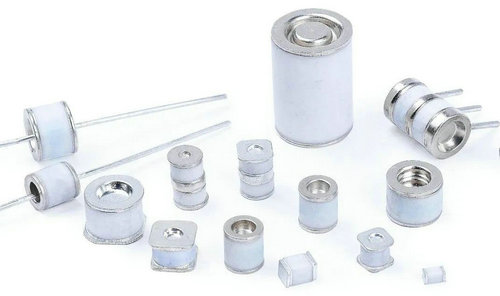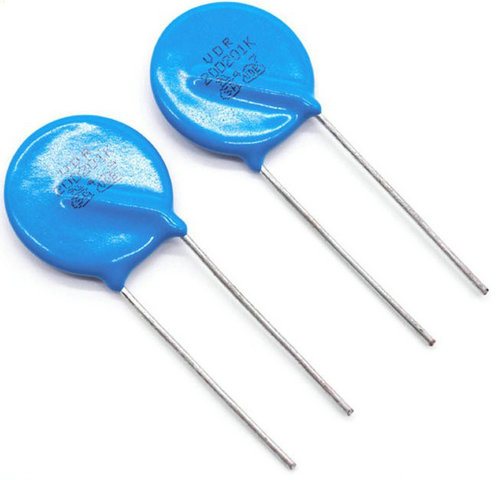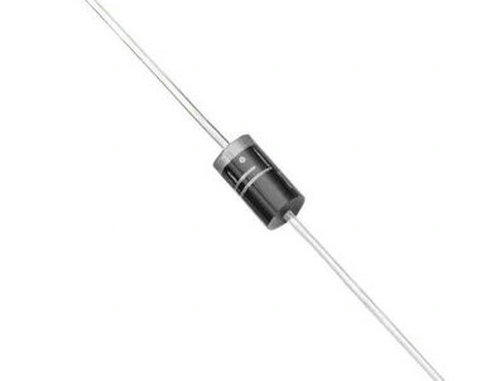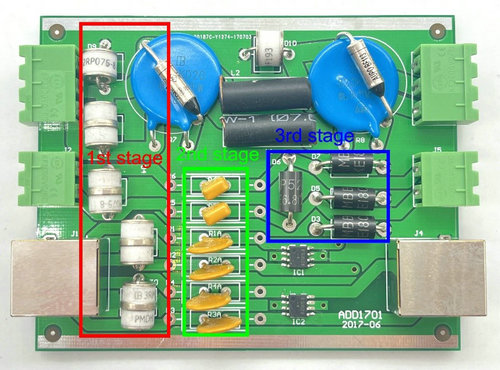Low-voltage distribution systems and surge protection devices for low-voltage signals beyond the LPZ2 surge protection zone, typically use multi-stage and multi-type surge protection components to protect equipment. By combining the advantages of various discharge components, they effectively block surge current pathways, thereby ensuring the protection of the equipment.
Common components include: Switching Components, Voltage-Limiting Components, Overcurrent and Overheat Protection Components.
1. Switching Components

Switching components include ceramic gas discharge tubes, glass discharge tubes, and semiconductor over-voltage protectors.
Advantages:
1) Before breakdown (conduction), they act like an open circuit with very high resistance and almost no leakage current.
2) After breakdown (conduction), they act like a short circuit, allowing large currents to pass through with very low voltage drop.
3) High pulse current capacity (peak current): ranges from 5kA to 20kA and other specifications.
Disadvantages:
1) The response speed is relatively slow due to the time needed for gas ionization, generally 0.2~0.3μs. Before they conduct, a large spike pulse can leak through. This requires a follow-up circuit with one or more fast-response discharge components to limit it.
2) Poor consistency in breakdown voltage, generally ±20%.
2. Voltage-limiting Components
There are varistors and TVS (Transient Voltage Suppression) diodes, which have voltage-limiting characteristics.
Varistors vs. TVS Diodes:

Varistors can withstand larger surge currents. The larger their size, the greater the surge current they can handle, up to tens of kA to over a hundred kA, as in various power surge protection modules. However, varistors have higher leakage current, poorer nonlinearity (higher dynamic resistance), higher clamping voltage at high current, and their surge current tolerance decreases with repeated surges (derating characteristic), making them prone to aging.

TVS Diodes have the same nonlinearity as Zener diodes, with low dynamic resistance, low clamping voltage, longer lifespan, and less susceptibility to aging, but they have lower current capacity. TVS diodes respond extremely fast, in the ps range, while varistors respond slower, in the ns range.
3. Overcurrent and Overheat Protection Components
Overcurrent protection components include resettable fuses, current fuses, and resistors.
A resettable fuse is a positive temperature coefficient thermistor. When the current passing through it is less than its hold current (low temperature), its resistance is very small. When the current exceeds its trip current (high temperature), its resistance increases sharply, blocking further surge current or continuous current in the circuit. After cooling, it can reset itself.
Resettable fuses can replace current fuses, eliminating the hassle of frequent replacements.
Overheat protection and detection components include thermal fuses and temperature fuses.
Thermal fuses and temperature fuses are temperature switch components that are short-circuited during normal operation. When the temperature exceeds their cut-off point, the switch opens (non-resettable), commonly used for overheat protection and detection.
Example:

As shown in the diagram above, an Ourten combination type surge protector includes multiple stages for comprehensive protection. The first stage uses ceramic gas discharge tubes, the second stage employs varistors, and the third stage incorporates TVS diodes. These components work in coordination to protect the circuit by allowing normal voltage and current to pass through while isolating and dissipating surge currents and overvoltage.
Here's a brief introduction to lightning protection components. If you want to learn more, feel free to contact our technical department.